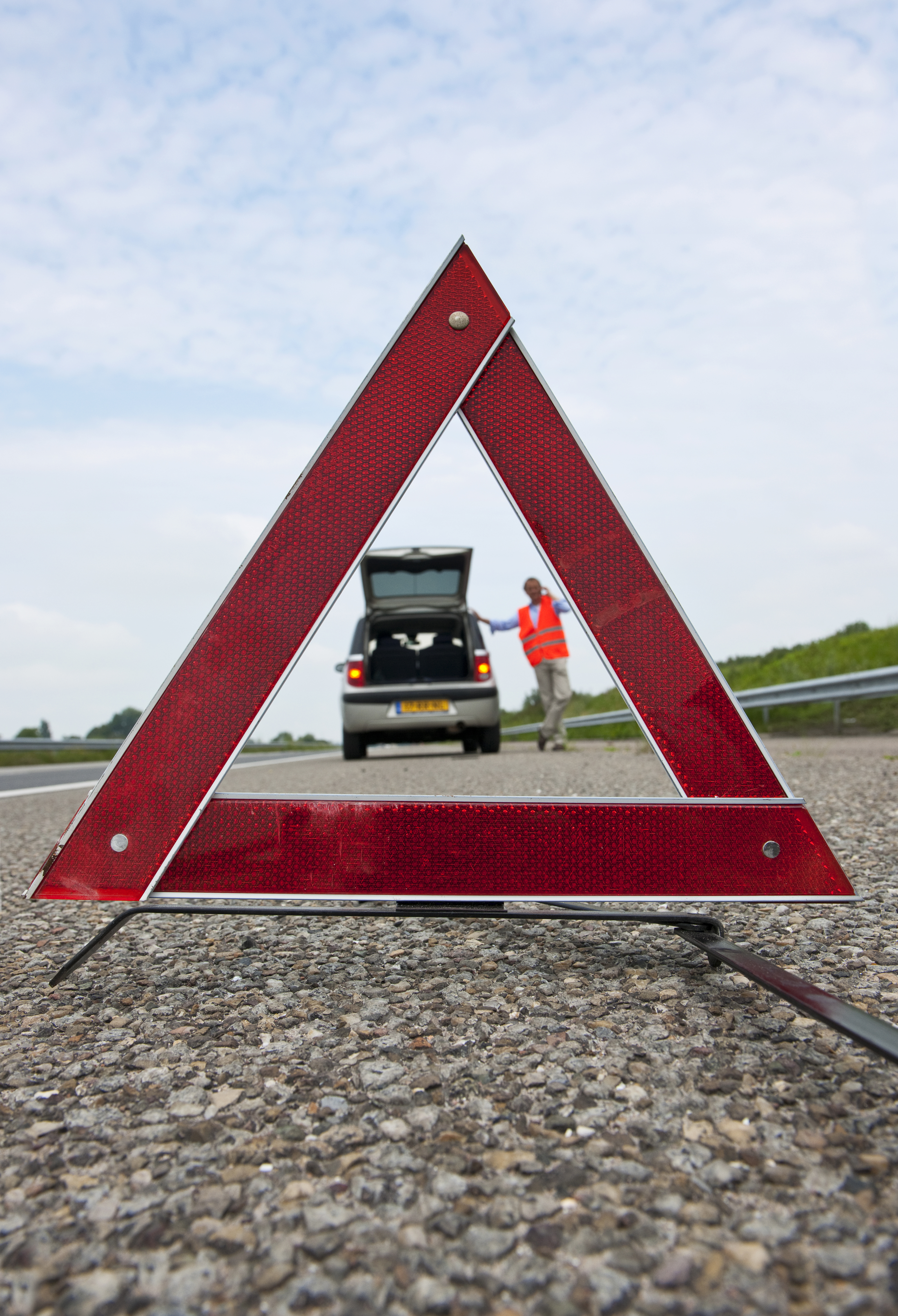The vast majority of vehicle collisions can be assigned to driver error. They are avoidable and yet experienced drivers continue to be involved in unnecessary incidents. This is usually because somebody failed to pay the required attention.
Nobody is born with driving skills. All of us learn the physical coordination needed to accelerate, steer into turns and stop a vehicle. We're taught how to hold the steering wheel, how to sit in the seat, how often to look in the mirrors and so on.
Unfortunately, human nature encourages us to do what's easiest and most technology we're exposed to is designed to make our lives easier. As with any function we repeat over and over again, drivers quickly develop muscle memory. They become comfortable in their ability to drive 'safely' just because they haven't had collisions or speeding tickets. For many drivers this is due to good fortune more than good judgement.
Too many drivers travel around in a subconscious state. Everything is autonomous from turning the key in the ignition to putting a foot on the brake. There are countless examples where driver complacency has led to scary moments and resulted in serious injury or even death. So how do you break this behaviour? The first step is to make drivers realise there are issues with their technique. Even when an experienced driver agrees with training feedback and corrects their behaviour, they often fall back into old habits within minutes. That's the biggest challenge.
One of the methods I've always taught is to visualise the goal of arriving at your destination safely every time you put the steering wheel in your hands. Now you have to figure out how to do that and this means focusing 100 per cent of your effort on the driving task. Here are five safety tips that will improve the performance of any experienced driver:
Check your speed
We know people don't deliberately want to put themselves in danger so why do they choose high-risk behaviours? The answer is that it's easy and there's a lack of identified consequences for their actions. They think speeding will get them to their destination much sooner but the reality is that it doesn't make a great deal of difference. The danger is that they are now driving a missile made of metal and glass in a way that's inconsistent with state law and safety protocol.
Improve your posture
Slouching feels more comfortable but it actually takes more effort and you're off balance, which reduces your control of the vehicle. You're also much less likely to be alert. Then there's driving position. If you're too far away from the steering wheel, driving with straight arms, you won't be able to control the vehicle in an emergency situation.
Check your mirrors
Most people don't use their mirrors anywhere near enough and often fail to indicate if they don't think there are other vehicles around. Over time this builds muscle memory and they fail to recognise hazards. You change lanes without looking over your shoulder to clear the blind spot. If you fail to see a motorcycle that's travelling there, your complacency has suddenly created a very dangerous situation.
Secure your belongings
People naturally think about trucks when we talk about insecure loads but the concept applies equally to a laptop on the backseat of an executive's car. If they have to brake harshly this becomes a missile flying straight at the back of somebody's head. Smartphones, keys, coins and other personal belongings can also be a similar hazard.
Brake more smoothly
Too many people brake sharply and it's a very inefficient means of driving. Reducing the sensation of stopping focuses the mind on driving skills. Braking smoothly flows into accelerating smoothly. It's all about engaging the mind. Once you can do that you're halfway to being where you want to be. As an added bonus, driving in a safe manner reduces fuel spend and maintenance costs.
Changing behaviour requires subliminal messaging to be sustained over a long period of time. The vast majority of drivers simply don't understand they're affected but, once we make them realise there's an issue and highlight the potential consequences of their actions, we can start to chip away and make our roads a safer place for everybody.
To find out how GPS tracking can help your business, get a free live demo now!


